
This post is a continuation of an answer to a little question in a comment on another blog I read. Obscure enough? The question is, kind of, about paint so I couldn’t resist. If you follow the link above and read the comments it will make a little more sense – not so much why I am writing this as what I am writing. It is currently still in progress
Whites are hard to get right. I have gotten lucky a few times (usually by steering to one of my – or a designer’s “old favorites”, But more often it takes some on-site adjustment. The size of the sample is of course important, and I have a few designers I work with who are sure the only sample worthwhile when you are getting close is the entire room. I have painted the same room 4 times in a day and over longer periods of time (though in the same project) I have repainted a room many more times than that. Obviously this can become a bit expensive, but there are some people out there to whom it is much more important that is “RIGHT”. Often this kind of eye and hand color adjustment process eliminates the ability for large area touchup, repair of damage, or freshening the surface with the same color since there is no “formula”. Usually with patience and a few notes, a very close match can be obtained, but for large areas (basically anything more than a room) it makes a bit more sense to buy several quarts that are close to the goal. Usually I use different color decks from competing brands for more slight color variations A “competitor match” as the paint stores call it usually isn’t exact but here one of the crucial things is getting a FORMULA. And once you get it KEEP it! And it is pretty important you know what store (brand) the formula is from, and the base the formula is supposed to go into.
O the stories I could tell you of trying to finish a job when they had to finally fire their painter part way through the job! Often themselves actually. I am not sure how I got the reputation for being the one to call in such circumstances. Often I wish I didn’t have that reputation but nothing will make you appreciate the importance of truly good finishing (or a good contractor) then a recent bad one. Just ask someone who has had either and I am sure they would love to tell you all about it. Or maybe that is like people always asking a doctor to take “a quick look at _____”. Anyway white paints have very small amounts of colored pigments added. Significantly smaller amounts than even pastels, so any variation can actually show. There is always a little variation even with everything done correctly even from one gallon to another mixed at the same time . It is important to mix together all the paint for a project ( or at least each room) before starting to paint anything. Be sure to buy a little more than you are going to need and it will actually save you money and time.
It sounds like this project is just one room, and I believe it is safe to assume that you probably are not inclined to embrace the minutiae that consumes my life, so choosing the color from a color deck where you are buying the paint should work just great. Quickly I guess the guidelines I would give here are - don’t go quite as white as you think you need to, and stay MUCH MORE neutral (tannish or grayish or both) than you think you need to. Buy a quart and little roller if you don’t have one, and put some on a wall or two (or all) in as large a sample as you dare.
DON’T brush it on for the sample! The brush-stroke texture will always show unless you sand it off, which will make a spot with no roller texture (most walls have some roller texture unless it the first paint), and the smooth spot will show and then you will think you need to sand the whole wall and you will abrade your trim and it will need repainted too, and you will probably sand through to the drywall paper in at least some places and then you will end up floating out the whole wall with drywall mud and try to paint it before it dries all the way and not prime that new drywall mud and the new paint will bubble off the wall in huge sheets and you will end up firing yourself and trying to find someone else to finish the job for you so you can finally get your house back, because this little project is rapidly creeping out of whatever little room it started in, into every corner of your home, and you will curse the way “Trading Spaces” made painting look like it is so easy and could be done by ANYONE, overnight because they choose unreasonably loud colors that could only look good on TV (and often not even through that filter)and really shiny sheens so you can’t really see the paint just really bright reflections, so you can’t see in their walls any of the major flaws you got in your paint job even before the paint started hanging off your walls. I assure you they are there, and they are many. If they didn’t surprise the homeowners and make their good friends responsible, after seeing those walls for a few days those painters would be fired too. I think I was saying something … oh yeah choosing paint color. Well actually I think it should quickly be said that the main difference between a pro job and a homeowner one is prep which is no fun to anyone and should usually be well over half of pretty much every paint job. Homeowners usually just go for the fun stuff and jump right to the color. Usually this is probably adequate for the spaces they are painting, but it is hard to get a Crisp look with chunkiness all over, roller nap fibers, wavy lines at the edges, along with brush-strokes and the previous color peeking through here and there.
The white colors show this imperfections more, as you alluded to the original comment because highlights and shadows on the wall have a broader possible range. The other colors you mentioned are probably going to be more forgiving though it is really easy to end up with a much stronger color than you intended especially if selected from only a color chip. The color can even turn out stronger than it looks on the sample even because it is going to reflect the same color off itself to the other walls. With some colors however they actually end up more muted than you thought on the sample, because the original color on your walls is no longer framing the new one. This totally changes the context you are seeing the new color in. Mostly this is determined by how strong the original color is. If you are priming do that before you paint samples or do a sample again after you prime.
Another important consideration is “sheen”, how shiny or glossy the paint is. Most people think of this as a flat or semi-gloss consideration. It seems that, it in Utah at least, usually they go for the semi-gloss, because “it’s washable”. Semi-gloss paint is more washable but having a shiny ceiling just so you can wash it if needed seems a little to me like keeping the plastic on a lampshade (or couch) so it will “stay looking good”. Semi-gloss also is almost impossible to touch up if the finish actually gets damaged. There are, with most brands, several options between flat and semi-gloss and usually one of those is going to work better than either of the extremes, all things considered. For a crisp look in a white nothing is going to look as good as flat. Partly because the flat will hide many of the imperfections. Flat paint touches up really well but it will show dirt easier especially on a white color. Flat is not washable ( thought here are some newer paint that do much better) mostly because you get shinny spots when you rub it. Unfortunately the shinny spots show from almost any touch depending on how good the paint is. Back to the concerns you expressed about white to begin with.
One way I have found to get around most of this, is going with a textured paint of some kind. The most commonly used are paints similar to Ralph Lauren’s “suede” (available from Home Depot) or “venetian plaster” (Behr has one available from Home depot).
The “suede” finish is basically latex paint with sand-like grit embeded to be applied in random strokes. this kind of application takes a bit more time but this finish's main problem is that it gets white patches whenever it is slightly scratched. With a white color obviously there wouldn’t be any problem with this issue. With almost any other color, even light light colors it is a big problem and this finish also can’t be touched up well at all.
The most commonly available “venetian plasters” aren’t really plasters at all but a synthetic water-based medium so they avoid many of the application, adhesion, flexibility, and repair issues associated with plaster veneers.


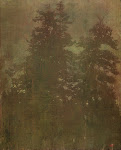
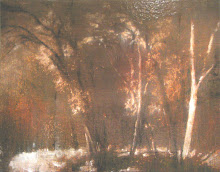
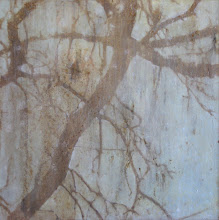
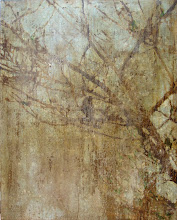
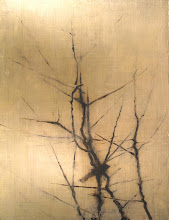
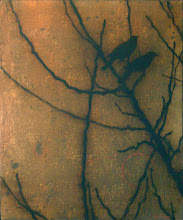

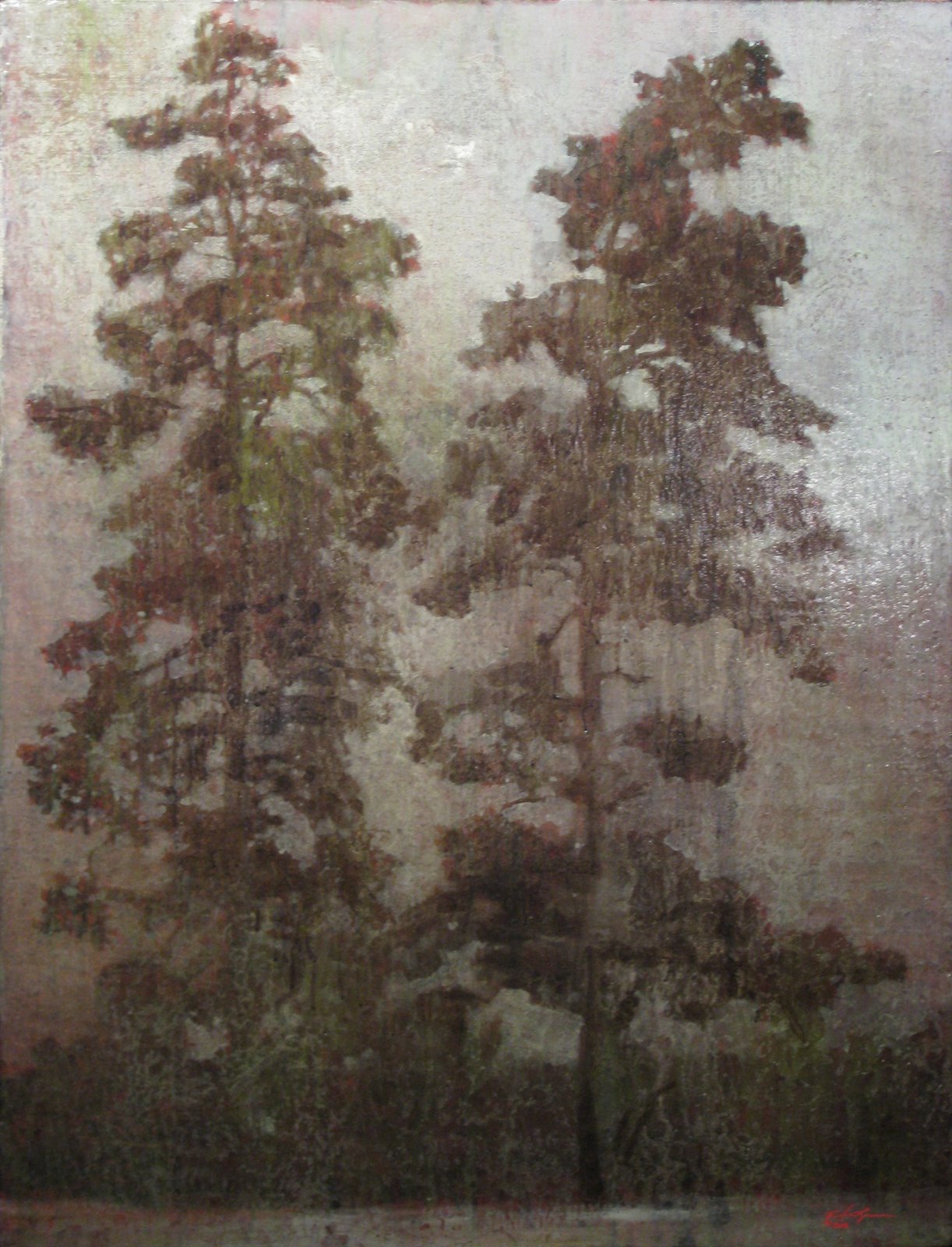

3 comments:
I'm always amazed when I look at something that looks "white", then you show me it is pretty "yellow" by holding up a paint chip. Pretty crazy and I never knew just how important... or hard... it is to tape a room just right.
Tyler's lessons stay with me to this day.
As I was taping off our bathroom for painting last weekend, I almost overlapped two sections of tape along the same line.
Then Tyler appeared like Obi-Wan and reminded me 'one solid piece of tape, so no paint bleeds through.'
I immediately pulled up the tape and laid a new, single section.
I would love to make a Obi-Wan quote here. It would make me feel really clever, but I guess I was so disappointed with the most recent releases that I have completely put those movie out of my mind. Actually, I think "betrayed" is more accurate than disappointed.
Post a Comment